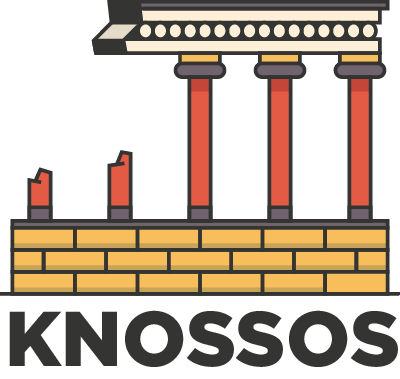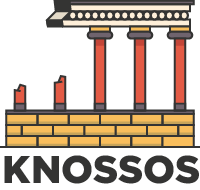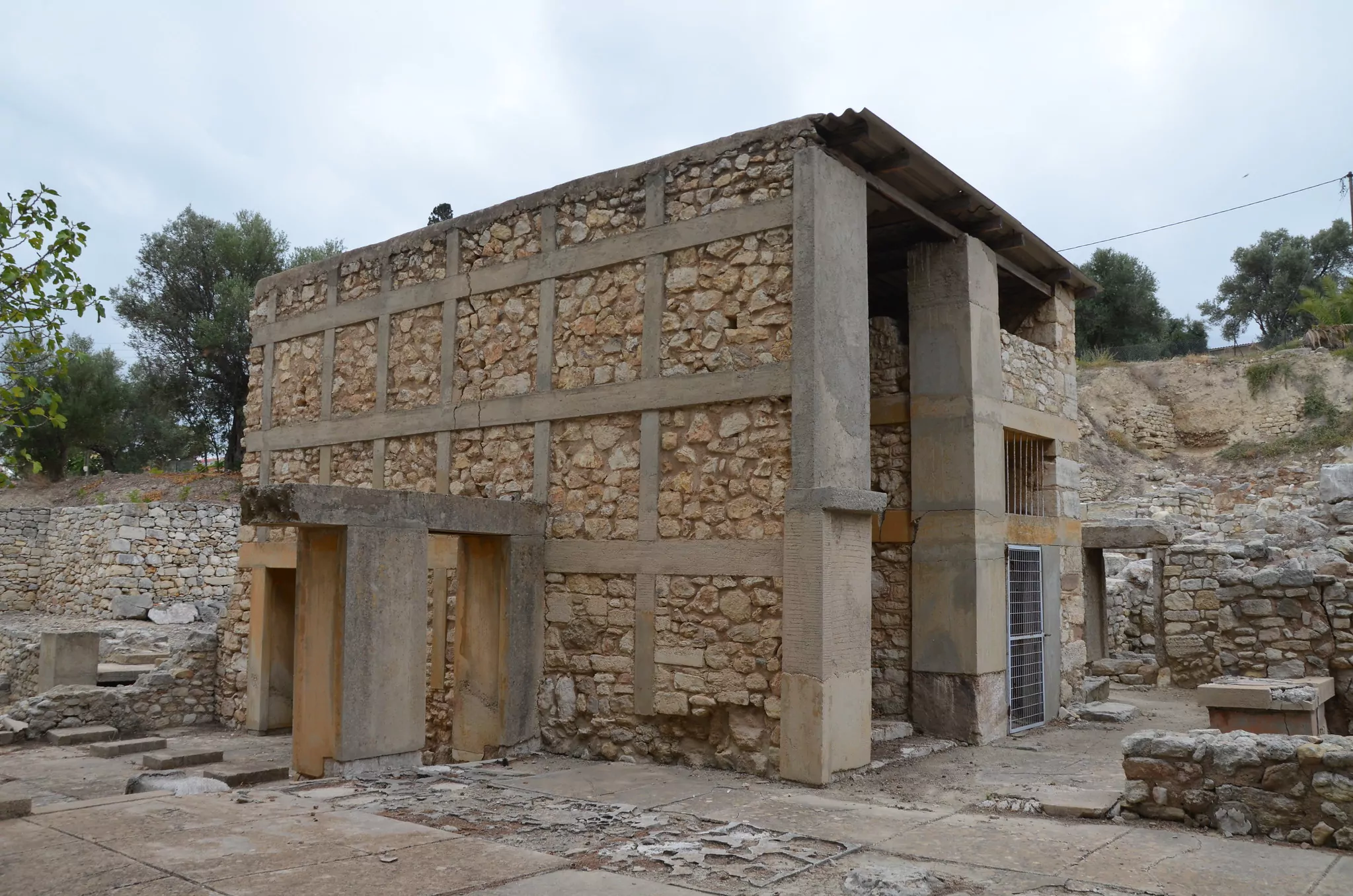
Least known fact about the Palace of Knossos in Crete
Table of Contents
Have you ever wondered what secrets the Palace of Knossos in Crete is hiding? Thousands of years ago it was the stronghold of a grand civilization, and until today it remains standing as a testament to an amazing past. Its place at the center of Minoan culture has made this palace one of Greece’s most important archaeological sites – but there are some interesting things about this site that often go unnoticed or even forgotten by visitors.
From information on its original inhabitants to stunning discoveries kept hidden away, there’s plenty that lies beneath the surface waiting to be uncovered! In this post we will unwrap some lesser-known facts about the historical Palace of Knossos so that when you come here –no matter if for pleasure or just out simple curiosity– you can understand more deeply all incredible aspects behind this awe-inspiring landmark.
History of the ancient site
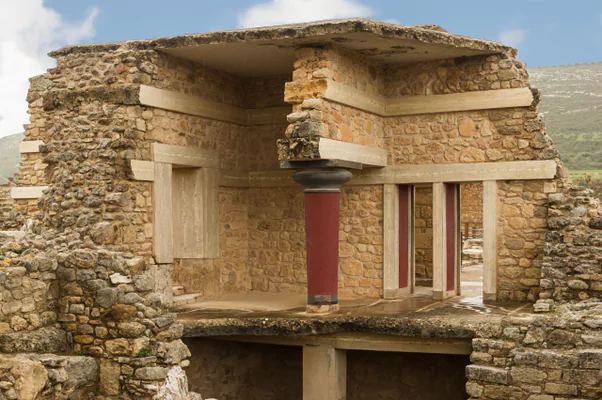
The Palace of Knossos is a magnificent ancient site on the Greek island of Crete, teeming with history and wonder. The ruins of this labyrinthine palace complex offer a glimpse into an ancient civilization, the Minoan culture, which flourished on the island from around 2600 BC to 1100 BC. The Palace of Knossos is believed to have been the centre of the Minoan civilization and was likely home to the legendary Minotaur, the half-man, half-bull monster.
The site’s architecture, intricate frescoes, and artefacts evoke a sense of mystery and awe, leaving visitors wondering about the life and rituals of the Minoans who built and inhabited the palace. The Palace of Knossos is a must-visit for history buffs and anyone who wants to be transported to a bygone era.

The mystery of the Minoan civilization and their culture
The Minoan civilization has long been a mystery to historians and archaeologists alike, leaving many questions about their culture unanswered. Their advanced architectural designs and intricate artwork suggest a society rich in creativity and knowledge, yet their sudden disappearance has left many scratching their heads.
Despite ongoing research and discoveries, the precise reason for their downfall remains elusive. However, what remains clear is their lasting impact on the world, with their influence felt in art, writing, and even modern-day culture. The Minoans may have vanished, but the enigma they left behind continues to fascinate and inspire.
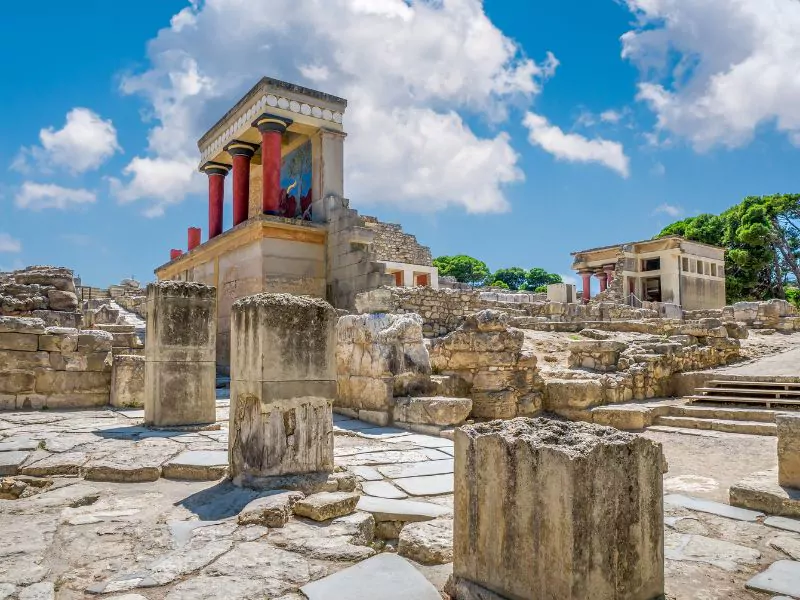
What was the role of the Palace in Crete’s history
The Palace in Crete played a significant role in the island’s history. The Minoan civilization, which emerged on Crete around 3000 BC, built a number of large palaces, including the famous Palace of Knossos. These palaces were centers of political, economic, and religious activity, and served as the residences of rulers and the elite. They were also important cultural centers where the arts, literature, and science flourished. The palaces were decorated with colorful frescoes that depicted scenes from daily life, nature, and mythology, and many of these artworks have survived until today.
The Palace of Knossos, in particular, has become a symbol of Minoan civilization and a popular tourist attraction. While the palaces were devastated by natural disasters and invasions from the Mycenaeans and other groups, the legacy of their cultural and historical importance lasts to this day.
Uncovering the least known fact about Knossos–the presence of a secret, underground tunnel
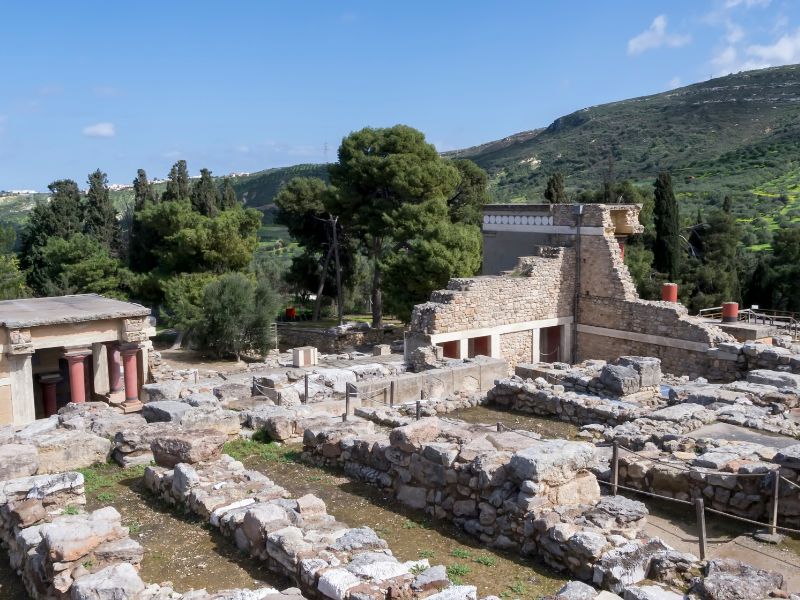
Knossos, the ancient Minoan city in Crete, is well-known for its impressive palace ruins and labyrinthine layout. However, there is one fact about Knossos that most people are unaware of—the existence of a secret underground tunnel. This tunnel, which runs beneath the palace, is thought to have been used by ancient priests during religious ceremonies.
Although the exact purpose of the tunnel is uncertain, its discovery has added a new layer of mystery to the already enigmatic Knossos. Intriguingly, the entrance to the tunnel was hidden by a movable slab of stone, providing further evidence of the city’s sophisticated engineering and architectural prowess. The uncovering of this hidden passageway offers a tantalizing glimpse into the secretive and complex world of the Minoans.
Analyzing the Palace of Knossos purpose and usage during antiquity
The Palace of Knossos is a fascinating archaeological site that sheds light on the ancient Minoan civilization. Built around 2000 BC, the palace served as the administrative, religious, and economic center of the island of Crete. Its labyrinthine layout and impressive architecture indicate that it was a complex and sophisticated structure, with multiple levels, courtyards, and chambers.
The Palace of Knossos is believed to have been the residence of the mythical King Minos, who according to legend, kept the monstrous Minotaur in a labyrinth beneath the palace. The excavations of the site show evidence of extensive trade networks, as well as religious rituals and ceremonies. Overall, analyzing the purpose and usage of this magnificent palace during antiquity helps us better understand the advanced civilization that once thrived in the region.
Examining the Palace of Knossos importance as part of Minoan society
The Palace of Knossos holds great significance as part of Minoan society. Nestled on the island of Crete, this massive structure served as a hub of political, economic, and cultural activity during the Minoan period. At its peak, the palace covered around 22,000 square meters and boasted over 1,300 rooms. Its labyrinth-like interior was adorned with vibrant frescoes, intricate carvings, and lavish decorations, showcasing the wealth and creativity of the Minoan people.
Beyond its stunning architecture, the Palace of Knossos played an essential role in the daily lives of its inhabitants. It was a place of commerce, worship, and administration, and it served as a powerful symbol of Minoan power and prosperity. As we explore the ruins of this fascinating site, we are granted an intimate glimpse into the rich history and culture of this ancient civilization.
After our exploration of the Palace of Knossos, it is evident that this ancient site holds many secrets and mysteries. We have examined its long history and significance from antiquity until today, and uncovered some of the less known facts like the presence of underground tunnels.
This landmark stands as a reminder of how creative and powerful Minoan civilization was thousands of years ago, giving us an insight into their culture and values. Today, much is still to be learned about this impressive archaeological site which has been a part of Crete’s history since the Bronze Age. Despite our lack of knowledge on its original function, purpose and usage, one thing is certain: visiting Palace Knossos remains a captivating experience to behold.
